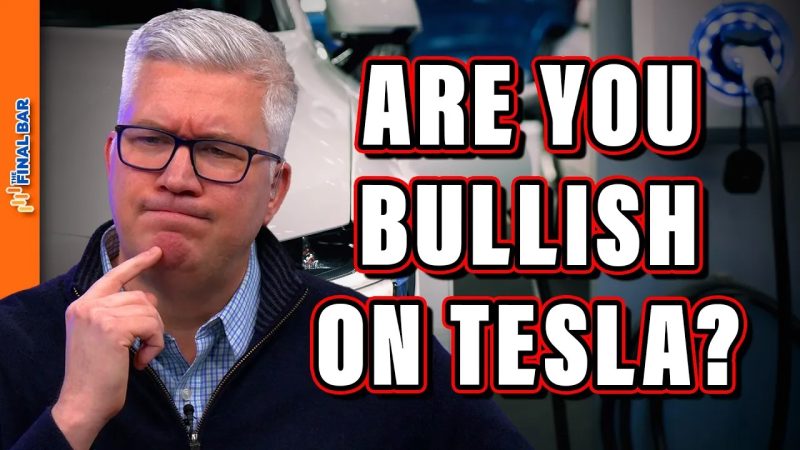With a surge in interest and investment in electric vehicles, it is no surprise that Tesla, as a leading electric car manufacturer, has garnered significant attention from investors and consumers alike. The company’s innovative approach to vehicle design and technology has propelled it to the forefront of the electric vehicle market. However, recent speculations suggest that it might be too early to be overly bullish on Tesla and its future prospects despite its current success and growth trajectory.
One of the key factors contributing to the skepticism surrounding Tesla’s long-term potential is its valuation. The company’s market capitalization has soared in recent years, surpassing that of traditional automakers with significantly larger production volumes and revenue streams. Some critics argue that Tesla’s stock price is overvalued, considering its relatively low production numbers compared to legacy automakers.
Another concern related to Tesla’s future outlook is its ability to meet the growing demand for electric vehicles. While the company has made significant strides in ramping up production and expanding its product lineup, it still faces challenges in scaling its operations to keep up with the increasing market demand. Delays in production, quality control issues, and supply chain constraints could potentially hamper Tesla’s growth prospects in the coming years.
Furthermore, the competitive landscape in the electric vehicle market is evolving rapidly, with established automakers and new entrants launching their own electric vehicle offerings. This increased competition poses a threat to Tesla’s market dominance and may impact its market share and profitability in the long run. As other companies invest heavily in research and development of electric vehicles, Tesla will need to continue innovating and differentiating its products to stay ahead of the curve.
Moreover, regulatory and policy changes could also pose challenges for Tesla in the future. Government incentives and subsidies that have supported the growth of the electric vehicle industry may change or be phased out over time, impacting Tesla’s sales and profitability. The evolving regulatory environment, especially concerning emissions standards and sustainability goals, could also influence consumer preferences and buying behavior, affecting Tesla’s market position.
In conclusion, while Tesla has achieved remarkable success in the electric vehicle market and demonstrated its ability to disrupt the automotive industry, it is essential for investors and stakeholders to carefully consider the potential risks and challenges that lie ahead. The company’s current valuation, production scalability, competitive landscape, and regulatory uncertainties all warrant a cautious approach when assessing Tesla’s long-term prospects. While Tesla has the potential to continue leading the electric vehicle revolution, it is crucial to remain vigilant and not become overly optimistic about its future trajectory.

